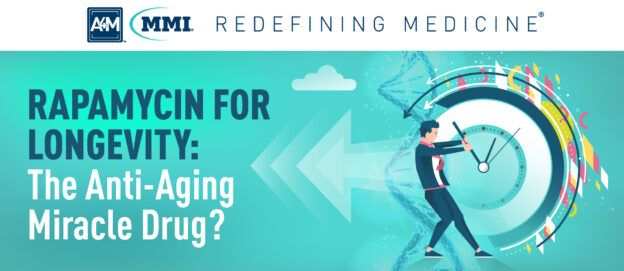Last weekend, A4M hosted the largest anti-aging medicine event ever, gathering over 5,500 guests, 120 globally renowned speakers and educators, and 400 market-shaping companies. Delivering four full days of cutting-edge science, the latest research, and meaningful, practical education, LongevityFest 2022 marked a pivotal point in A4M’s history and that of the specialty itself.
The conference was packed with noteworthy moments: from a keynote address by the celebrated innovator Peter Diamandis, MD, to the launch of new products from industry leaders like Precision Analytical and Quicksilver Scientific. But most exciting was seeing so many people coming together to celebrate this growing field and its future.
While there were too many unforgettable happenings to list, this blog highlights some of the most noteworthy educational takeaways presented by our star-studded panel of experts at LongevityFest 2022.



